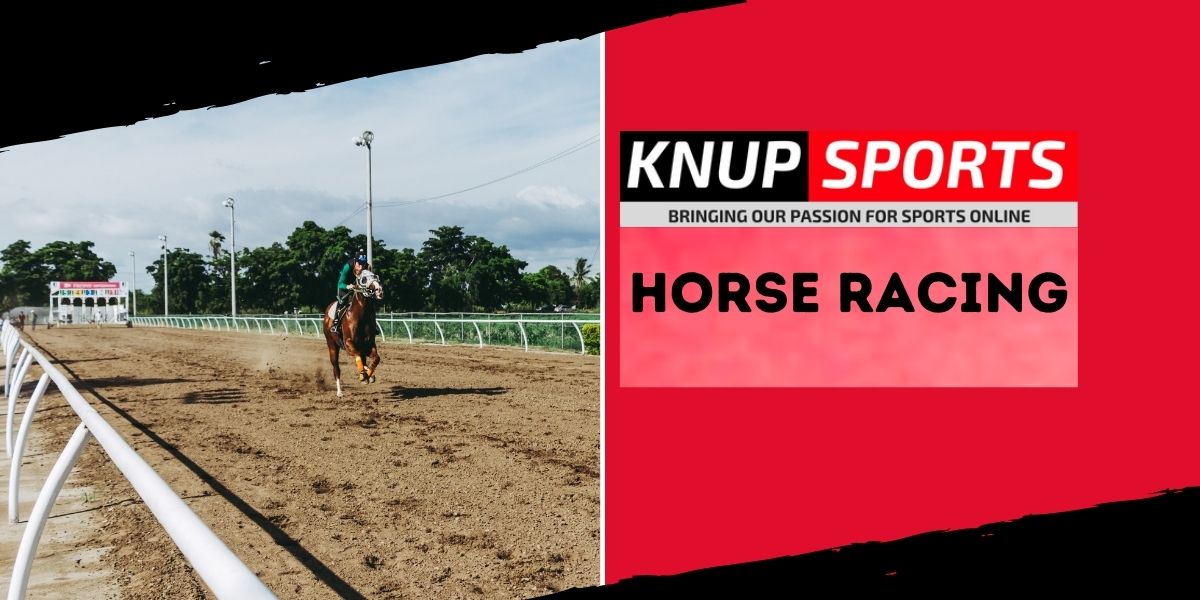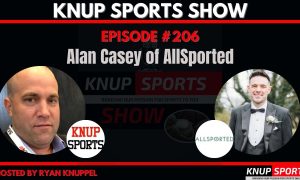1. ‘Head Down’ – When a horse is either walking, cantering, or actually galloping-out during the score down: seeing a horse with its head down and this bit of body language, is never a good thing. If a horse is walking with its head down, then, it is likely a sign of fatigue or tiredness. But, in most cases (cantering or galloping), the horse is literally trying to show where its hurting.
Example: If a horse is galloping with its head down and pointing to the left, it’s easy to assume that said horse is putting more of its weight on the right side and is sore in the left front and/or left hind quarter. Obviously, the opposite holds true if a horse has its head cocked to the right & down.
In some instances (but not many), a horse will gallop-out in this manner and not really be sore somewhere at all. It’s important to note this on horses that do this – and see how they perform! If it happens to be a trait/characteristic that the horse does regularly (and you’ve noted it), then, head down should be disregarded on such horses.
2. Width Between the Front Legs (while standing) – If you’re in the paddock area watching the horses being saddled, and you happen to be standing directly in front of a horse, then, you’ll be able to take note of this physical trait rather easily. Many old-timers (horsemen such as my Father, if he were still alive), were firm believers in ‘Bigger horse, bigger stride’.
Well, the easiest way to decipher this (without looking at video replays), is to simply note the width between the two front legs. The greater the distance from knee to knee (while the horse is just standing), the longer its stride might be.
This can come in very handy to know, if it’s your horse and just one other battling-it-out down the stretch and you know that your horse selected has the better/greater width, then your horse should (in theory) inch away from that other horse, and win! Hence the term, ‘Bigger horse, bigger stride’ – and precisely what is meant by it!
3. The Long-Barreled Horse – Generally speaking, only around half of all racehorses actual posses a long-barrel. The ‘Barrel’ of a racehorse is from the back of a horse’s upper front legs all the way back to its flank area (which is located above the stifles (pic #2 depicts this perfectly and as described).
One easily distinguishable characteristic of a long-barreled horse is, they typically have a long neck to go with it! Personally, I love a long-barreled horse that is also lean-looking. Those horses are the ones that I try to wager on the most! The pictures shown above, should help your grasp exactly what you need to look for in a horse worth betting on, the next time you find yourself hanging around the paddock area at your local venue.
4. ‘Ears Up’ – A horse that has its ears up is one that is paying full attention to everything going on around it (this has been equated to a horse ‘Looking Sharp’ & Ready to Run. This characteristic is very easy to take note of: You see, whichever way a horse’s ears move, well, that’s also where its eyes are moving! If a horse’s ears are moving all around, then, it is looking all over the place and is very much so not at attention.
The moving of the ears (and eyes) becomes a lot less prevalent the older a horse gets. Meaning, you’re more likely to see such a thing with a 2yr-old, rather than with a much older animal, say a six or seven year old racehorse. But, if you ever do notice it with a much older horse, it can be a sign of internal distress or agitation, and thus (at least in my humble opinion) considered a ‘Pitch’ from real win contention.
5. ‘Yes I Want to Win’ – My Father taught me this one when I was just a little boy. Whenever a horse is in the cross ties and the horse keeps on bobbing its head up & down, it (the horse) is literally telling us the following: ‘Yes I want to Win’.
You might even notice this while a horse is being walked in the walking ring, or if the jockey and outrider are simply letting the horse walk during the post parade and score down period.
This minor phenomenon, by no stretch of the imagination works every time. But, from what I’ve noted over 35+ years of watching races is, the horses that do this prior to a race, hit the board well over 60% of the time. It truly seems to be a way for a horse to communicate with us, the bettors.
In closing, I’ve decided to no longer keep oddsdatamining.com operational. Instead, I’ll be building a horse section on my official blog site ( thedailysportsinvestor) in which, I also plan on continuing to write about both fantasy and real money sports betting. Remember peeps, I’ve made a living as a professional gambler since 1997. In 1997, I was only 27 and now, I’m rapidly approaching 48 – so use my guidance with more than a grain of salt!
The above was a guest post by Joseph J. Tuttle










